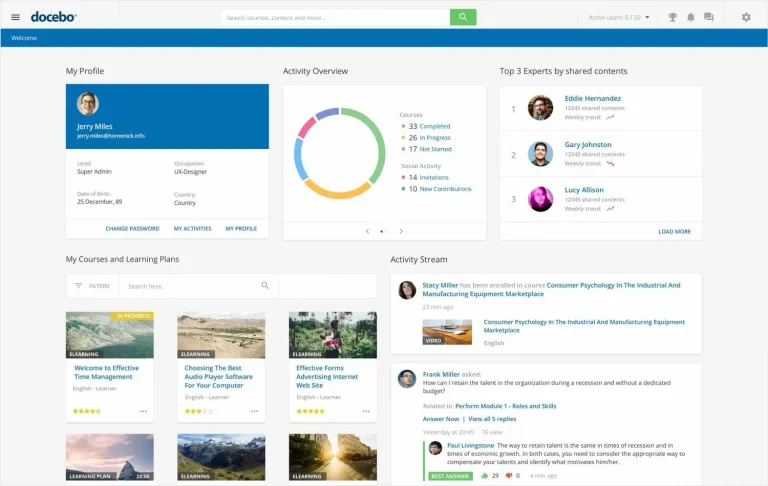How Much Should I Charge for a 1-hour Webinar?
Are you thinking about hosting a webinar but don’t know how much to charge? You’re not alone. Figuring out the right price can be tricky, but it’s super important to get it right.

Setting your price too high might scare people away, but charging too little could make folks think your webinar isn’t worth much. It’s like walking a tightrope – you gotta find that sweet spot where people feel they’re getting a good deal, but you’re also making it worth your time.
- It shows how valuable your knowledge is
- It helps cover your costs (like webinar software or your time)
- It can attract the right kind of people to your webinar
- It sets expectations for what people will learn
Okay, but how do I actually figure out what to charge? Don’t worry, we’ve got you covered.
Your expertise level
How much you know about your topic is super important when figuring out how much to charge.
- How long you’ve been working in this field
- Any special training or schooling you’ve done
- Big projects you’ve finished or important jobs you’ve had
- Books or articles you’ve written
- Times you’ve spoken at events or taught others
The more you know, the more you can ask for. If you’re just starting out, you might need to charge less. But if you’ve been doing this for years and have lots of experience, you can ask for more money.
Some ways to show off your know-how:
- Tell stories about problems you’ve solved
- Share real examples from your work
- Explain tricky ideas in a way that’s easy to understand
- Answer tough questions from people watching
The topic’s complexity and demand
What you’re talking about matters a lot. Some ideas to think about:
Is your topic something lots of people want to learn?
If tons of folks are trying to figure out what you know, you can charge more. Hot topics or skills that help people make money often let you ask for higher prices.
How hard is your topic to understand?
Stuff that’s really complicated or takes a long time to learn can be worth more. If you’re breaking down tricky ideas or teaching hard skills, people might pay extra.
Is your info hard to find elsewhere?
If you’re sharing special knowledge that’s not easy to get, that’s valuable. Unique insights or insider tips can bump up what you can charge.
Some examples of topics that might let you charge more:
- New tech skills that companies need
- Ways to make more money or save on taxes
- Health info that could really help people
- Special business tricks that aren’t widely known
Your target audience
Who you’re talking to makes a big difference in what you can charge. :
Rich folks or big companies can usually pay more than students or small businesses. If your audience has deep pockets, you might be able to charge hundreds of bucks.
If your info helps people make more money or save a ton of time, they’ll often pay more. Business people might shell out big bucks if you can boost their bottom line.
If your webinar solves a burning problem or teaches a must-have skill, you can charge more. Desperation or urgency can drive up prices.
- College kids: Maybe $20-50
- Small business owners: Could be $50-200
- Big company executives: Possibly $200-500 or more
- Super rich people wanting exclusive info: Sky’s the limit
Production quality
How good your webinar looks and sounds can make a big difference in what you can charge. Think about:
- Video and audio quality:
If you’re using a fancy camera and a good mic, people expect to pay more. Crackly sound or fuzzy video might make folks think your webinar isn’t worth much. - Visuals:
Neat slides, cool graphics, or video clips can make your webinar more fun to watch. If it looks pro, you can ask for more money. - Tech setup:
Using a reliable platform that doesn’t crash and lets people ask questions easily is important. If everything runs smooth, people feel like they’re getting their money’s worth.
Ways to boost your production value:
- Get a decent webcam and microphone
- Make sure your lighting is good (no weird shadows on your face)
- Have a clean, tidy background (or use a virtual one)
- Practice using your webinar software so you don’t fumble around
Additional materials provided
Giving extra stuff with your webinar can make it more valuable. Some ideas:
Handouts or worksheets:
If people can download notes or fill-in sheets, they’ll feel like they’re getting more for their money. This helps them remember what you taught and use it later.
Recorded version:
Letting folks watch the webinar again later is a big plus. Some people might pay extra just for this, especially if they can’t make the live event.
Follow-up resources:
Giving a list of books, websites, or tools related to your topic adds value. It shows you’re not just talking for an hour, but really helping people learn more.
Throwing in an extra video, a cheat sheet, or a mini-course can make your offer more tempting. It’s like getting a free dessert with your meal – people love that stuff.
Examples of extras you could offer:
- A PDF of your slides
- A checklist to help put your ideas into practice
- A private Facebook group for attendees to chat and ask questions
- A short one-on-one call with you for the first few sign-ups
The more goodies you include, the more you can potentially charge.
Market rates for similar webinars
Knowing what other people charge for webinars like yours is super helpful. Here’s how to figure it out:
Look at your competitors:
Find folks teaching similar stuff and see what they charge. Don’t just copy them, but use it as a starting point.
Check different platforms:
Look at prices on places like Udemy, Skillshare, or professional training sites. This gives you an idea of the range people pay for online learning.
Ask around:
Talk to people in your field or even potential customers. What do they think is fair? What have they paid for other webinars?
Consider your unique angle:
If you’re offering something special or better than others, you might charge more. If you’re new or not as well-known, you might need to charge less at first.
Factors that might affect market rates:
- How well-known the teacher is
- How specialized or in-demand the topic is
- Whether it’s a one-off webinar or part of a series
- If there’s a certificate or credential offered
FAQ
Is it better to charge a high price or a low price for my first webinar?
For your first webinar, a moderate price is often best. This attracts participants while showing your content has value.
You can adjust future prices based on feedback and demand. Consider offering an early bird discount to encourage early sign-ups and gauge interest.
How do I know if I’m charging too much or too little?
Signs of charging too much include low sign-ups, many price questions, and participants expecting more. Signs of charging too little are quick sell-outs, participants saying they would pay more, and not covering your costs.
If unsure, survey your target audience or test different price points. Adjust based on the results and feedback you receive.
Should I offer refunds for my webinar?
Offering refunds can increase trust and sign-ups. However, it’s important to have clear refund policies to protect your time and resources.






